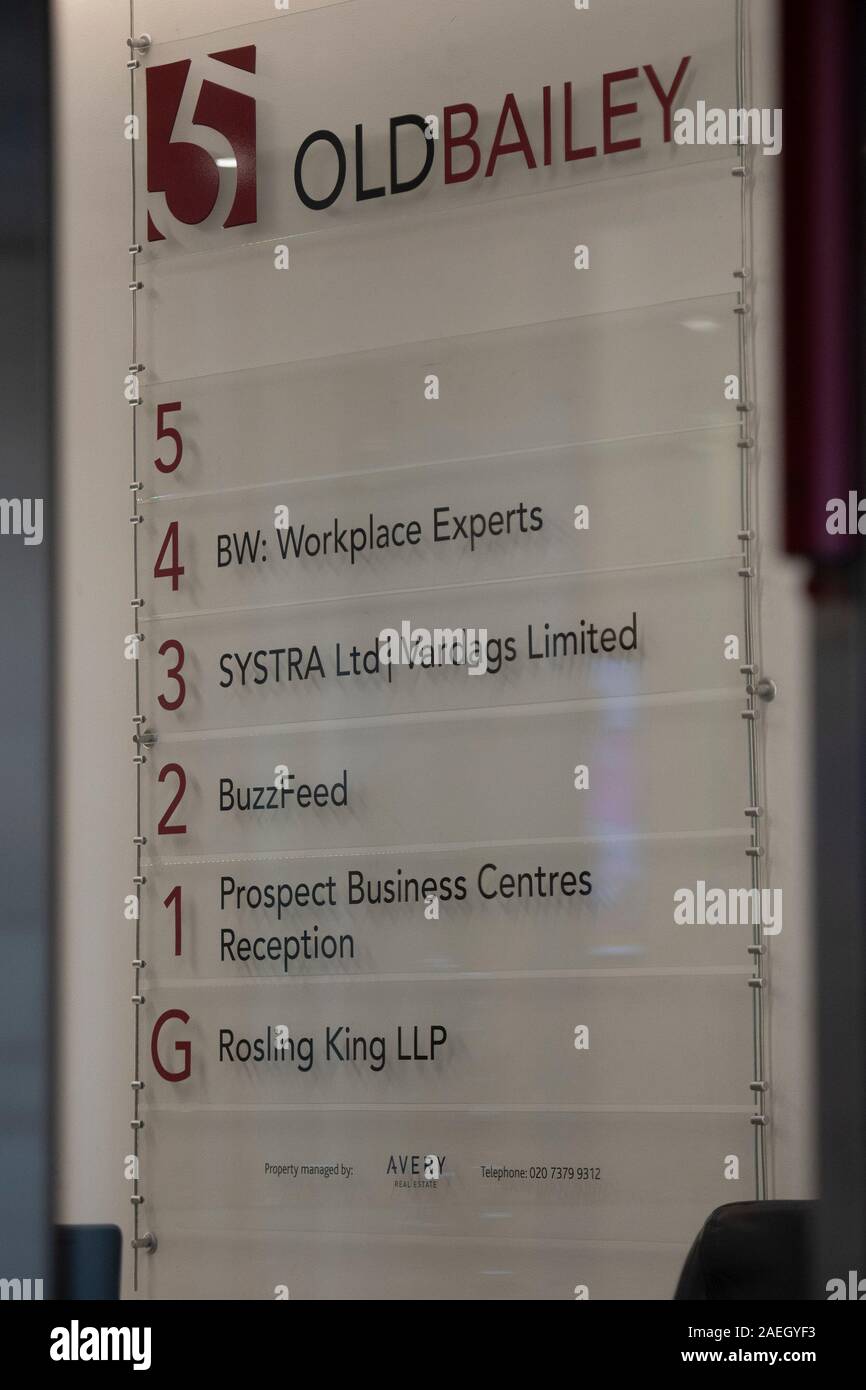Recognizing Compulsory Strike Off: What You Need to Know
Recognizing Compulsory Strike Off: What You Need to Know
Blog Article
A Comprehensive Guide to the Compulsory Strike Off Procedure in Corporate Governance
Browsing the intricate landscape of corporate administration calls for an eager understanding of the treatments that regulate the dissolution of entities. The mandatory strike off treatment, an important element in company governance, acts as a device to impose conformity and keep the integrity of the business environment. As businesses evolve and conditions adjustment, the requirement to strike off a company may occur for various reasons (first gazette notice for compulsory strike-off). Checking out the details of this process, consisting of the legal effects, procedural actions, and post-strike off factors to consider, uses important insights for stakeholders seeking to navigate the complexities of corporate governance.
Factors for Compulsory Strike Off
There are a number of crucial factors that might prompt the initiation of a compulsory strike off procedure for a company. Non-compliance with governing demands can elevate concerns concerning the firm's procedures and financial wellness, leading to the choice to strike off the business from the register.
Furthermore, business that have stopped trading or are no longer performing any business activities may likewise deal with compulsory strike off. This can be as a result of bankruptcy, mergings, or simply a decision to end up the business. In such instances, maintaining the business on the register would offer no function and can possibly create confusion among stakeholders.
Ultimately, the requirement of a compulsory strike off in company administration occurs when a business is no longer running according to the regulation or has actually become obsolete, requiring its elimination from the authorities documents.
Lawful Implications and Threats
Given the circumstances that trigger a mandatory strike off in company governance, it is crucial to understand the lawful implications and threats connected with such actions. When a firm is struck off the official register, it disappears as a legal entity. This can have significant repercussions for directors, investors, and financial institutions. Supervisors might deal with personal responsibility for firm financial obligations sustained after the dissolution, revealing their possessions to prospective seizure. Investors lose their investment in the business, and lenders might discover it challenging to recuperate financial obligations owed to them.
Moreover, there are legal repercussions for individuals associated with the management of a company that has actually been by force struck off. They might be disqualified from acting as directors in the future, face fines, or also jail time if transgression or fraudulent tasks are discovered. Additionally, the reputational damage from an obligatory strike off can have long lasting effects on individuals and their capability to take part in future service ventures. Comprehending these legal implications and dangers is crucial for all stakeholders associated with the corporate administration process to browse potential challenges and make sure compliance with the law.
Action In the Strike Off Process
Initiating the required strike off procedure in corporate governance includes a collection of recommended actions described by governing authorities. The primary step typically requires the business to submit a formal application or notification to the relevant federal government firm or registrar signaling its intent to be struck off the official register. Subsequently, the company is usually required to settle any impressive responsibilities, financial debts, or taxes to guarantee compliance with governing demands.
Once the preliminary documentation is sent and monetary obligations are satisfied, the regulatory body will publish a notification in the official gazette or a similar publication to educate stakeholders concerning the approaching strike off. This notice works as a final possibility for any type of interested celebrations to increase objections or existing valid factors why the company need to not be liquified.
Complying with the magazine of the notification, the regulatory authority will certainly proceed with the strike off process if no significant arguments or challenges arise. The company will certainly after that be officially liquified, and its name will certainly be eliminated from the register, efficiently marking the verdict of the compulsory strike off procedure in business governance.
Files Needed for Strike Off
In compliance with regulative standards, specific documentation must be offered to help with the strike off procedure in company governance. The called for files normally include an official application for strike off, which requires to be completed accurately and sent to the appropriate regulatory authority. Furthermore, monetary declarations, such as the business's newest annual report, need to be included to make sure that all economic responsibilities have been settled before initiating the strike off procedure. Furthermore, a statement of solvency or a declaration verifying that the company has no outstanding liabilities is often mandated to demonstrate that the entity can be liquified without triggering injury to its creditors. Any type of necessary approvals from investors or board participants need to be documented and confined with the application. It is necessary to guarantee that all the requisite documents is thoroughly prepared and sent according to the recommended standards to quicken the strike off process effectively. Failing to provide the necessary documentation may result in hold-ups or difficulties in the dissolution of the business.
Post-Strike Off Factors To Consider and obligations

An additional important post-strike off factor to consider is the capacity for the business to be restored to the register. If there is a demand to revive the business after strike off, the procedure for repair must be meticulously complied with to make sure compliance with lawful needs.
Final Thought

There are numerous key factors that might prompt the initiation of an obligatory strike off procedure for a firm. Non-compliance with regulatory demands can increase worries about the firm's operations and monetary wellness, leading to the decision to strike off the firm from the register.
Furthermore, companies that have stopped trading or are no longer bring out any type of business activities might additionally deal find with mandatory strike off. If there is a demand to restore the company after strike off, the process for reconstruction need to be carefully complied with to guarantee conformity with legal demands.In conclusion, the compulsory strike off treatment in corporate administration serves as a needed mechanism to get rid of defunct companies from the register.
Report this page